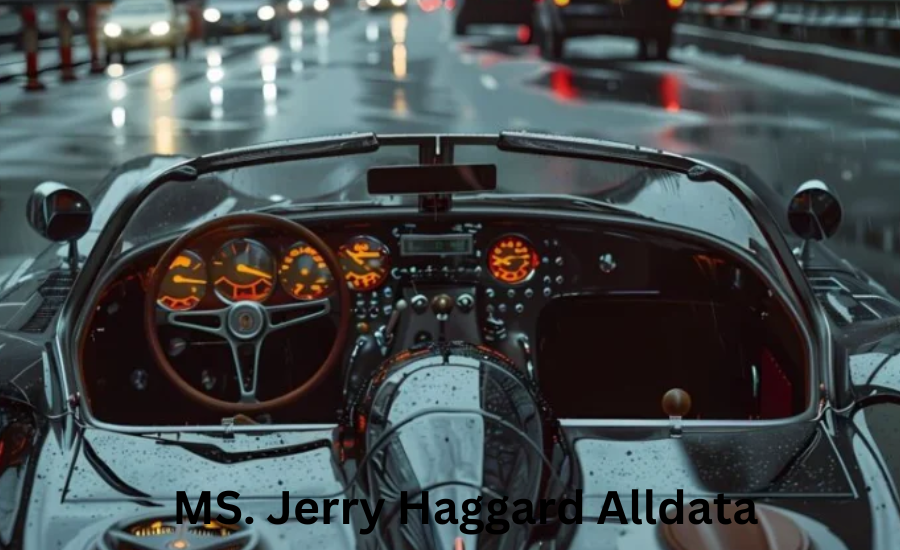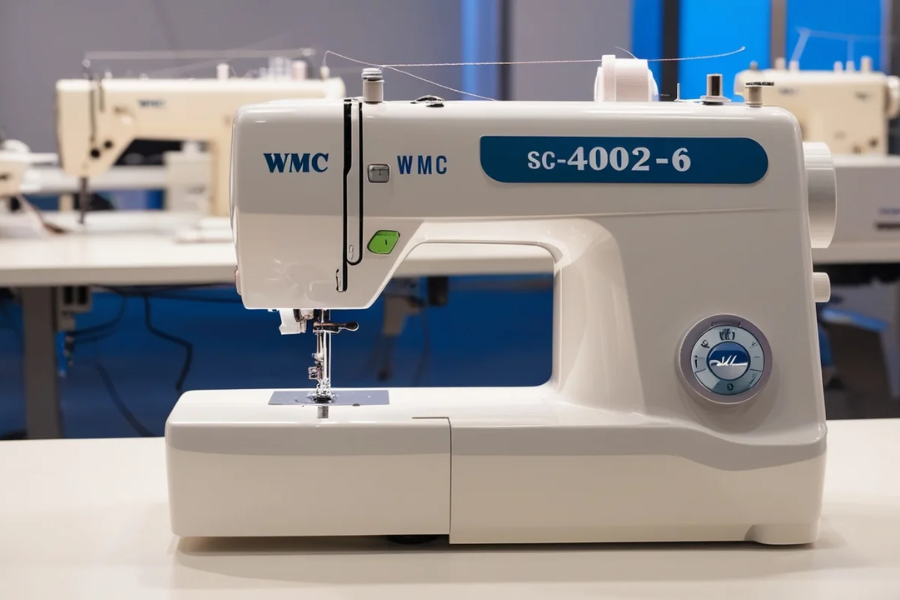Introduction
User experience (UX) is a fundamental aspect of any successful digital platform. It’s the key factor that differentiates an intuitive, enjoyable interaction from one that can confuse or frustrate users. Every design decision, no matter how minor it may seem, contributes to the overall user journey. In many cases, even small design adjustments can significantly improve usability. One such seemingly insignificant but impactful element is the caret—a small, arrow-like indicator typically found in popover components.
In Get Rid of Caret on Popover PrimeVue, a well-known UI component library for Vue.js, the caret within popovers usually points toward the element that initiates the popover. While this visual cue can serve a purpose in certain contexts, it’s not always required. In fact, in many instances, removing the caret can streamline the interface, creating a more polished, minimalist design that enhances usability.
This article will dive into the advantages of eliminating the Get Rid of Caret on Popover PrimeVue. We’ll explore how this simple visual element can, at times, interfere with user experience, discuss potential alternatives, and offer a detailed guide on how to effectively remove the caret from your PrimeVue components.
The Role of a Caret in PrimeVue Popover Components
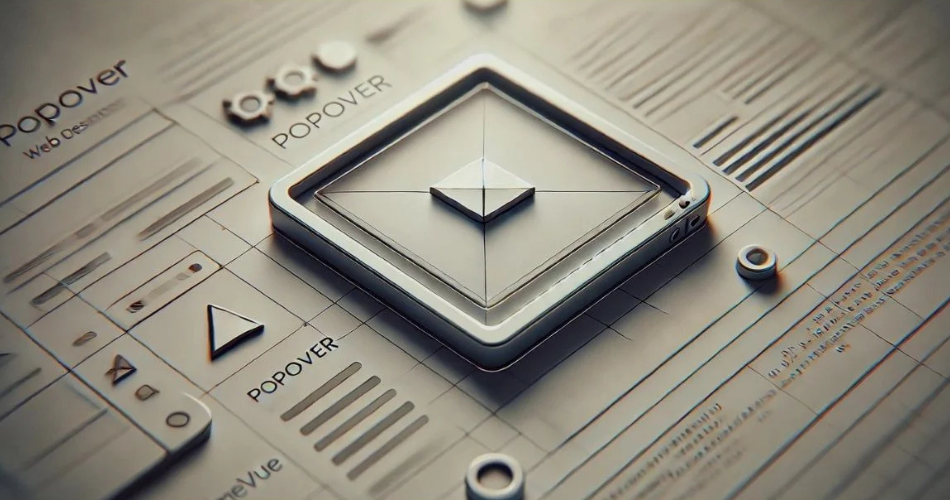
A caret is a small, arrow-like visual element commonly found in popovers. Its primary role is to visually connect the popover with the element that triggered it, guiding users to understand the source of the additional information being displayed.
This feature helps users by creating a clear relationship between the popover and its trigger. However, in some cases, including minimalist and modern designs, the caret may be considered unnecessary visual clutter. For developers using Get Rid of Caret on Popover PrimeVue, the caret feature is optional, allowing them to choose whether or not to include it based on their specific design and user experience goals.
Why You Might Consider Removing the Caret in PrimeVue Popovers
Though the caret might seem like a small, insignificant detail, it can have a larger impact on user experience than initially expected. Here are some reasons why removing the caret could improve your interface:
Minimizing Visual Clutter: In minimalist designs, simplicity is key. Every element should have a purpose, and in some cases, the caret adds extra visual weight without adding meaningful value. Removing it can enhance the overall cleanliness of the interface, keeping the user’s focus on the content.
Reducing Distraction: While popovers are designed to offer additional information without taking users away from their primary task, the caret may inadvertently become the focus of attention. Users might find themselves distracted by the arrow rather than concentrating on the content within the popover itself.
Avoiding Content Overlap: Depending on the design and placement, the caret might unintentionally obscure important information within the popover. This can frustrate users who are trying to interact with or read the content, only to have their view blocked by the pointer.
Eliminating Redundancy: In many modern designs, the location of the popover alone is sufficient to convey its relationship to the trigger element. A directional indicator like the caret might be redundant, especially when the popover is positioned in a way that already makes its connection clear. Removing it can streamline the design while maintaining clarity.
Creative Alternatives to Get Rid of Caret on Popover PrimeVue
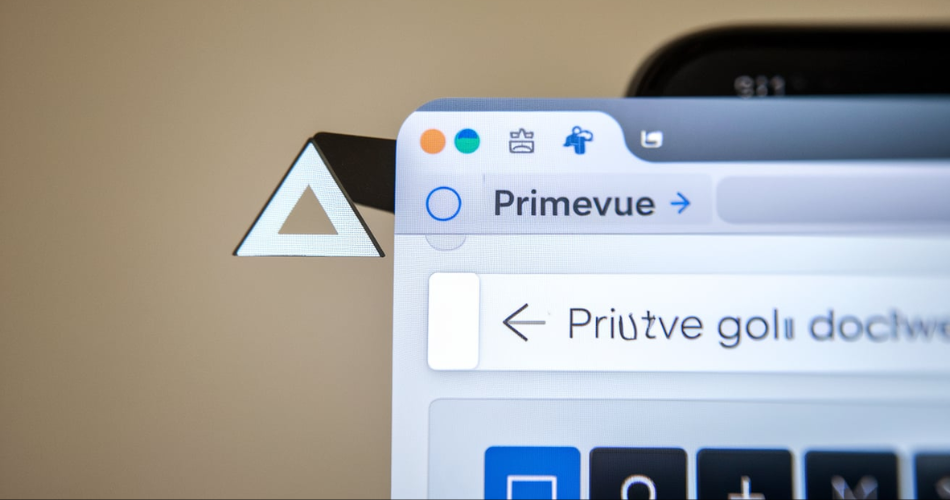
When designing Get Rid of Caret on Popover PrimeVue, eliminating the traditional caret opens the door to alternative techniques that maintain clarity and enhance user experience. Here are some strategies you can use to replace the caret while ensuring your interface remains user-friendly and intuitive.
1. Using Discreet Visual Indicators
Subtle visual cues, like icons, borders, or labels, can effectively replace the caret’s role in linking the popover to its trigger element. These design elements provide users with a clear understanding of the connection between components without overwhelming the interface with excessive visuals.
2. Embracing Minimalism in UI Design
Adopting a minimalist approach often simplifies the user experience. By removing less critical elements such as the caret, the content within the popover gains more prominence. The popover itself becomes the primary focus, allowing users to engage more naturally with the interface, free from unnecessary embellishments.
3. Engaging Animations for User Guidance
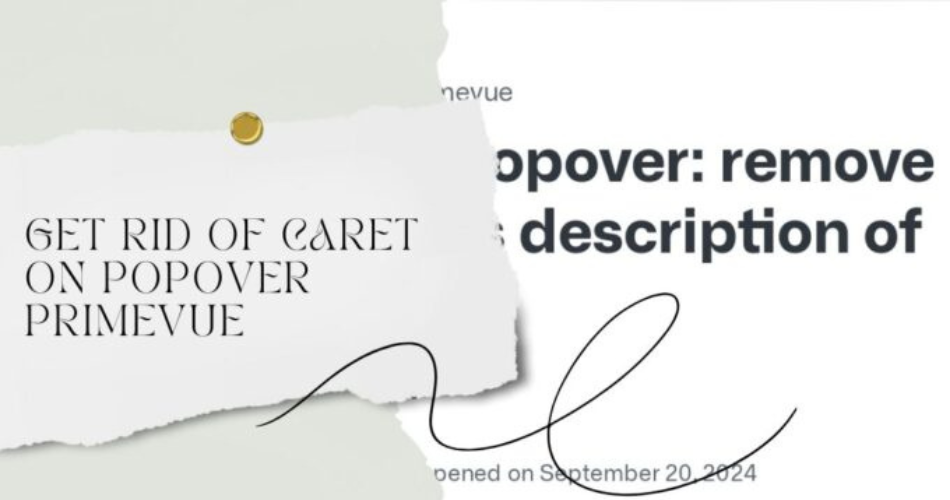
Animations offer a smooth and engaging way to capture users’ attention without relying on a caret. For instance, incorporating animations such as fade-ins or slide-ins when the popover is triggered creates a fluid, seamless transition. These dynamic elements help direct the user’s focus toward the popover without adding unnecessary visual noise.
4. Enhancing the Trigger Element’s Visuals
An effective method to show the link between the trigger and the popover is by highlighting the trigger element itself. Adding a subtle change, such as a shift in color, an additional shadow, or a distinct border, signals that the popover is linked to this element. This visual feedback makes the interaction clear and intuitive, ensuring users can easily grasp the relationship between the two.
5. Fine-Tuning Popover Positioning
Precise positioning of the popover can help eliminate the need for a caret entirely. By aligning the popover in close proximity to the trigger element, users can naturally understand the connection. Careful placement ensures that the design remains intuitive, without the need for extra directional markers like a caret.
Advantages of Removing the Get Rid of Caret on Popover PrimeVue
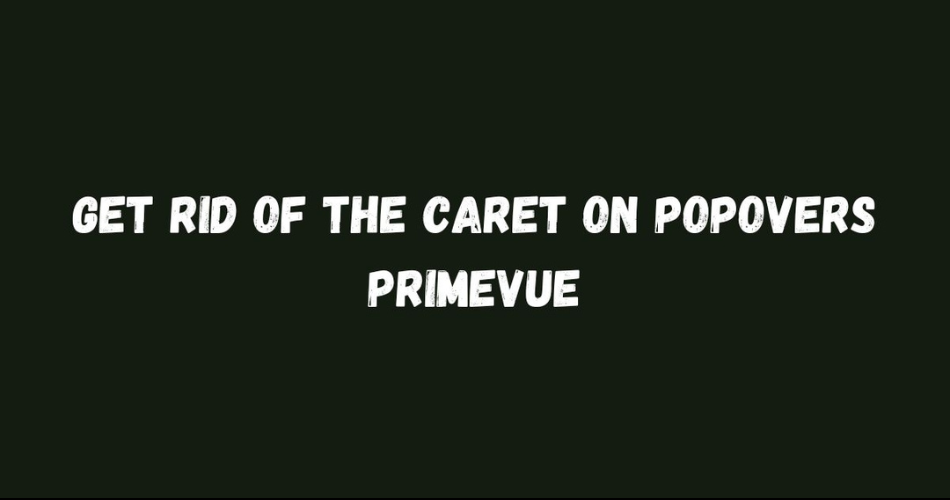
Eliminating the caret from popover components in Get Rid of Caret on Popover PrimeVue can provide multiple benefits, enhancing both the user experience and simplifying development processes.
For Users:
Sleeker User Interface: A caret-free popover presents a more polished and unobstructed design, allowing users to focus on the actual content without unnecessary distractions.
Minimized Visual Clutter: Without the caret, the popover appears less busy, enabling users to concentrate solely on the information provided, promoting a more intuitive interaction.
Improved Content Accessibility: The absence of a caret ensures that the content within the popover is fully visible and unobscured, offering a more seamless reading and interaction experience.
For Developers:
Easier Code Maintenance: By removing the caret, developers streamline the component’s codebase, making it more efficient to manage and update over time.
Refined Design Flexibility: A simplified design not only looks cleaner but also allows developers greater flexibility in customizing and styling the popover to suit the overall interface design.
Better Accessibility Support: Adopting a minimalistic approach can enhance accessibility, ensuring that the interface is more compatible with assistive technologies like screen readers, and reducing cognitive load for users with disabilities.
Conclusion
To enhance the user experience, even minor adjustments can yield notable improvements. One such change is the removal of the caret from Get Rid of Caret on Popover PrimeVue, which can significantly elevate the interface’s cleanliness and usability.
By eliminating this often redundant visual element, you can create a more focused and streamlined design that helps users interact more smoothly with your content. For developers, this adjustment not only simplifies design maintenance but also enhances aesthetics and potentially improves performance.
Whether your goal is to achieve a minimalist look, reduce visual distractions, or modernize your application, removing the caret from PrimeVue popovers is a straightforward yet effective step toward a more polished and user-friendly experience.
FAQs
- What is a Get Rid of Caret on Popover PrimeVue?
A caret is a small, arrow-like visual element used in popovers to indicate the connection between the popover and the element that triggered it. It points toward the trigger to help users identify the relationship between the two. - Why should I consider removing the caret from PrimeVue popovers?
Removing the caret can minimize visual clutter, reduce distractions, prevent content overlap, and create a cleaner, more modern design. This can improve the overall user experience by focusing attention on the content rather than the visual indicators. - How can removing the caret improve my interface design?
By eliminating the caret, you can simplify your design, making it more minimalist and focused. It helps reduce unnecessary visual elements that may distract users and ensures that the content in the popover is easily accessible and readable. - What are some alternatives to using a caret in PrimeVue popovers?
Alternatives include using subtle visual indicators like icons or borders, adding animations (such as fade-ins or slide-ins), enhancing the visual appearance of the trigger element, or fine-tuning the positioning of the popover to naturally indicate its connection to the trigger. - Does removing the caret make it harder for users to understand the popover’s connection to the trigger?
Not necessarily. By using alternatives such as enhancing the visual of the trigger element or carefully positioning the popover, users can still easily understand the relationship between the trigger and the popover without needing a caret. - Will removing the caret affect accessibility?
Removing the caret can actually improve accessibility by reducing visual clutter and simplifying the interface. This can make it easier for users with disabilities, especially those using assistive technologies like screen readers, to navigate and interact with the popover components. - Is it difficult to remove the caret from PrimeVue popovers?
No, PrimeVue allows developers to easily remove the caret through styling adjustments or by overriding the default component settings, giving you flexibility in how you want to display your popovers. - Does eliminating the caret reduce code complexity?
Yes, removing the caret simplifies the code, making the component more streamlined and easier to maintain. This can also improve design flexibility, giving developers more freedom to customize the popover’s appearance. - What design benefits can I expect from a caret-free popover?
A caret-free popover results in a cleaner, more polished interface, reduces distractions, and offers a more modern look. It also improves usability by making the content more prominent and easier to interact with. - Will removing the caret affect performance in PrimeVue applications?
Removing the caret can potentially enhance performance by reducing the amount of code involved in rendering the popover, which could lead to faster load times and a more responsive interface, especially in complex applications.
Stay informed with the latest news and updates on Englandbuzz

